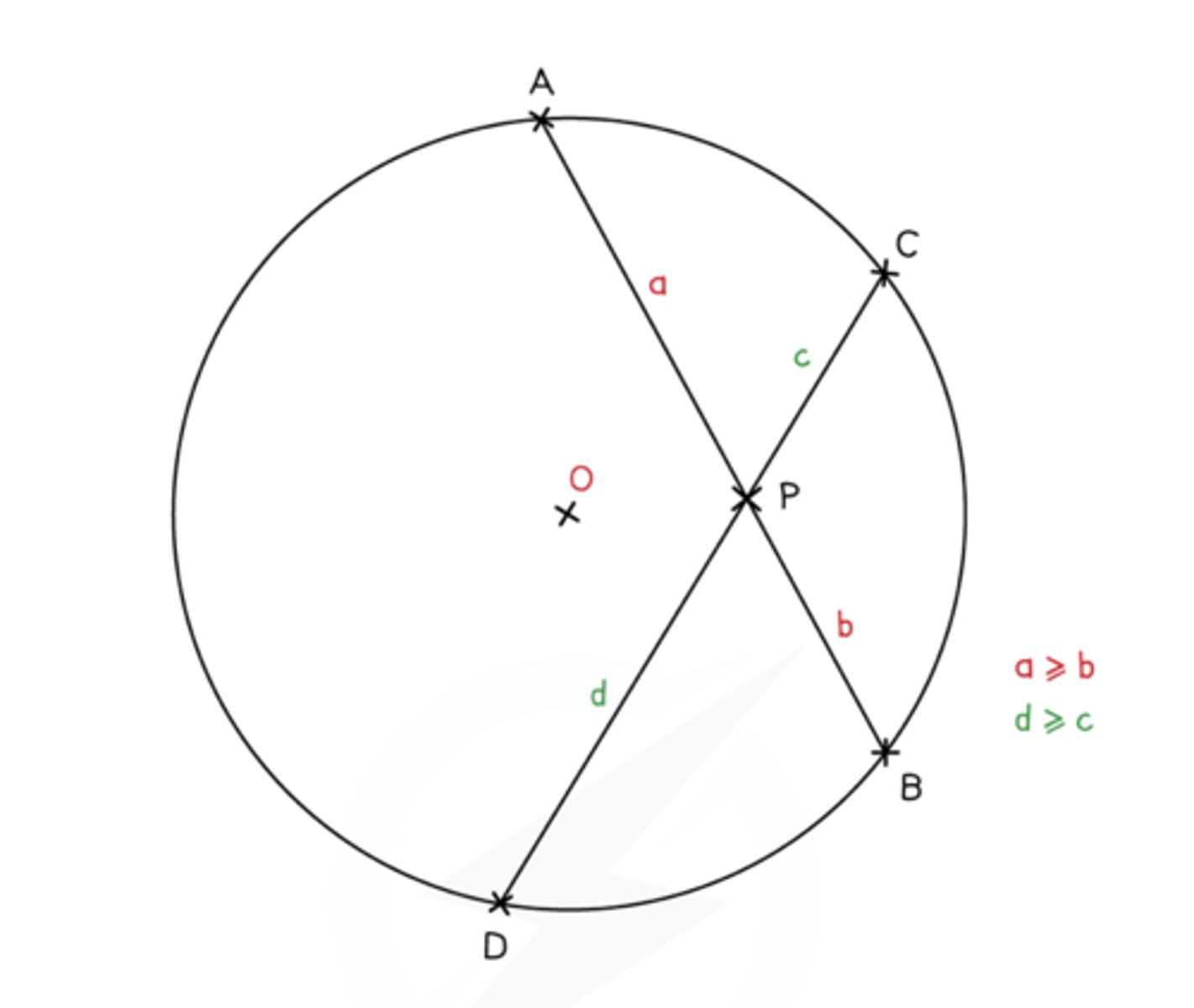Year 11 maths mocks
1/112
There's no tags or description
Looks like no tags are added yet.
Name | Mastery | Learn | Test | Matching | Spaced |
|---|
No study sessions yet.
113 Terms
x² × x³
x⁵
(x²)³
x²×³ = x⁶
x⁵ ÷ x²
x³
x⁰
1 (anything to the 0 power is 1)
x⁻²
-1/x²
what do negative indices mean?
you take the reciprocal (flip it)
x^½
√x
x^¾
⁴√x³
Formula for total interest earned
Interest = final amount - initial amount
Formula for compound interest
final amount = initial amount × (1+ (interest rate/100)) ^no of years
How are bound ranges shown as
0.5 ≤ x ≤ 1.5
What do you plot on a cumulative frequency graph?
the upper class boundary (the bigger number)
How do you find the median on a cumulative frequency graph?
find the highest cumulative frequency and divide it by two. read across from the y-axis to convert it on the x-axis
How do you find the upper quartile of a cumulative frequency graph?
¾ × highest cumulative frequency
then convert it
How do you find the lower quartile of a cumulative frequency graph?
¼ × highest cumulative frequency
then convert it
How do you find the interquartile range?
Upper quartile - Lower quartile
What is the formula for frequency density?
frequency/class width
How do you find the mean of a frequency table?
1. Find the midpoint of each value
2. Multiply each frequency by its midpoint
3. Find the total m×f
4. Divide by the total frequency
How do you find the median of a frequency table?
1. Add up all the frequencies together
2. Find the middle position (n+1/2)
3. Work through the cumulative frequencies until you reach that number
4. Find the midpoint of the range of numbers
Probability of independent events (probability of getting A and B)
P(A and B) = P(A) × P(B)
Probability of mutually exclusive events (probability of getting A or B)
P(A or B) = P(A) + P(B)
what is sin(x) equal to
sin(x) = sin(180-x)
Formula for the sine rule
Sin(A)/a = Sin(B)/b or a/sin(A) = b/sin(B)
What do the capital letters represent?
The angle
What do the lower case letters represent?
the sides
When is the sine rule used?
when you either have:
-two angles and one side or
-two sides and one angle
When is the cosine rule used?
When you either have:
-three sides given and want to find an angle
-Have two sides and an angle given between them (like a sandwich)
What is the cosine formula to find a side?
a²=b² + c²-2bc×cos(A)
What is the cosine formula to find an angle?
Cos(A) = b²+c²-a²/2bc
How do you find the area of a non-right angled triangle?
Area = ½ab sin(c)
a and b are the sides given
c is the angle given
What is the relationship between A and a?
A is the angle and a is the side opposite A
What are vectors?
they have magnitude (size) and direction
What does the top number mean in column vectors?
+ is right
- is left
What does the bottom number mean in column vectors?
+ means up
- means down
How do you find the vectors between two points?
A = (x₁, y₁)
B = (x₂, y₂)
AB→=(x₂-x₁/y₂, y₁)
How do you find the length of a vector?
√a²+b² (a/b)
Parallel vectors
two vectors are parallel is one is a multiple of the other
what does AB→ mean
it means the vector from point A to B. it shows the direction and represents the movement needed to get from the first point to the second
Vector addition
a→ + b→means go along vector a then go along vector b
- it means follow the direction
Vector subtraction
a→-d→ means go along vector a then go backwards along vector d
-it means to travel in the opposite direction that is shown
Vectors on a straight line
points are on a straight line if they have parallel vectors and have a point in common
A∩B
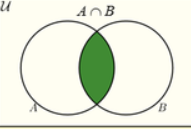
A∪B
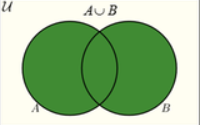
A'
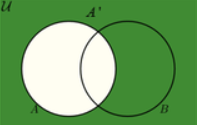
A∩B’
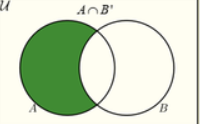
A’∩B
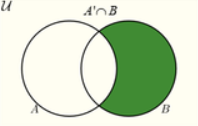
A∪B’
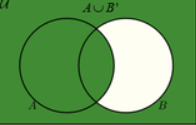
A’∪B

A’∪B’
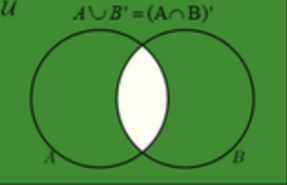
A’∩B’
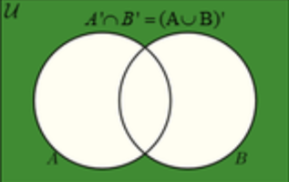
Direct proportion
y = kx
Inverse proportion
y = k/x
What are the roots in a quadratic graph?
The two points where the line crosses the x-axis
How do you find the roots of a quadratic graph?
by factorising, using the formula or CTS
What is the turning point of a quadratic graph?
Where the graph changes direction (it is the maximum/minimum)
How do you find the turning point of a graph?
x-coordinate is:
x = -b/2a
Then substitute x back into the y=ax² + bx + c formula
How do you find the y-intercept of a quadratic graph?
subsitute x=0
y=ax^2 + bx + c
How do you solve a quadratic inequality?
1. Solve the related equation and find x (the roots) (0= ax^2 + bx + c)
2. Work out where the equality is true
-if it is >0 we want the parts above the x-axis and outside the root (x>? and x
What is the formula for a U-shaped parabola
y= ax^2 + bx + c
(positive coefficient)
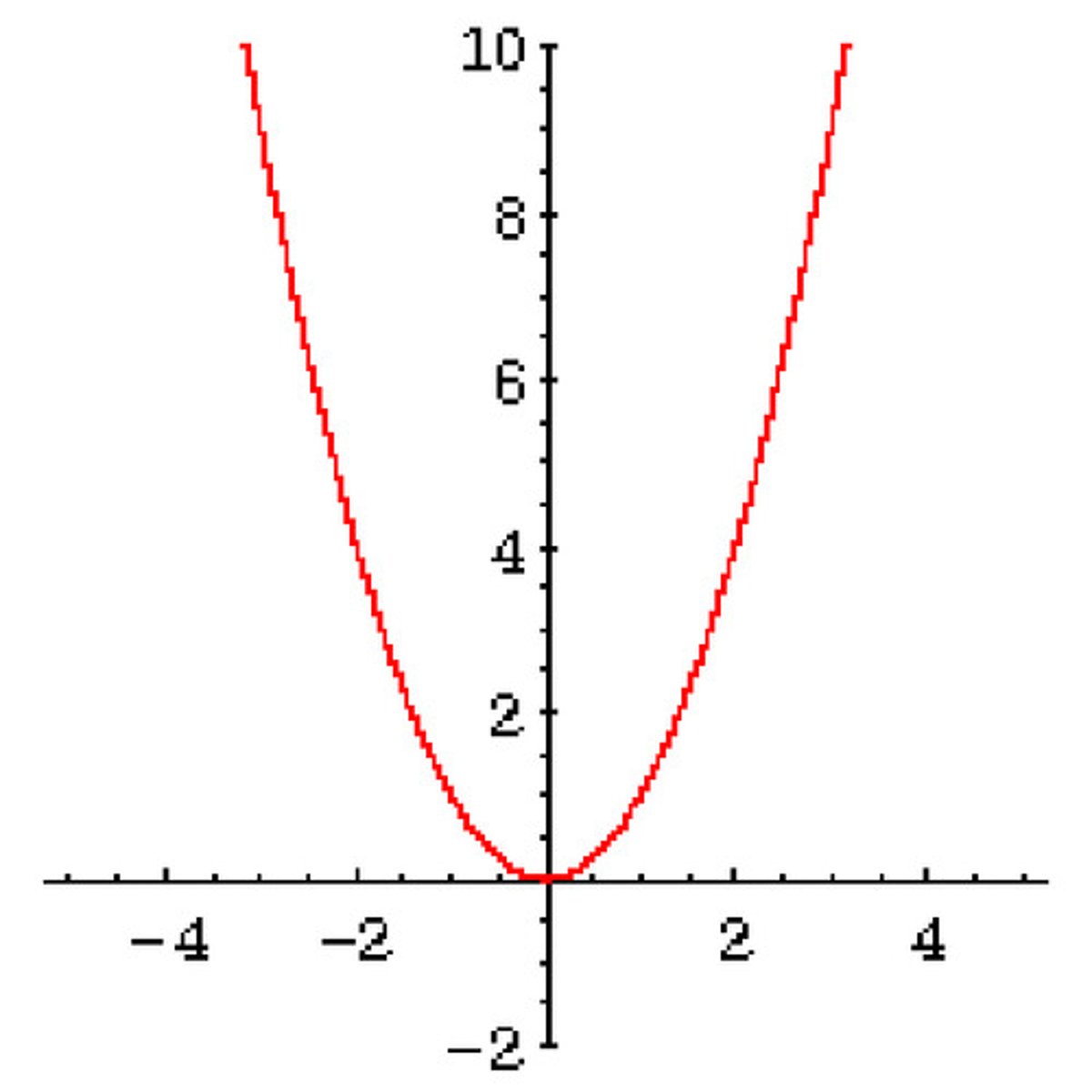
What is the formula for a ∩-shaped parabola
y= -ax^2 + bx + c
(negative coefficient)
How do you factorise when the coefficient isn't 1?
ax^2 + bx + c
-Find two numbers that multiply to ac
-and add to b
When can you add or subtract surds?
when the base numbers are the same
How would you rationalise 1/√3?
1/√3 × √3/√3 = √3/3
How would you rationalise 5/2√7?
5/2√7 × √7/√7 = 5√7/2×7 = 5√7/14
How would you rationalise 3/5 - √2
multiply with oposite signs
3/5 - √2 × 5 + √2/5 + √2
How do you complete the square?
1. half the coefficient of x (the number infront of x)
2. Rewrite the equation in the form of (x+a)^2 + b. a should be half the coefficient
3. minus the half coefficient squared
What do parallel lines have in common?
They have the same gradient
How do you find the equation of a line that is parallel to another line and passes through a point?
1. Substitute the gradient in because parallel lines have the same gradient
2. Substitute the point in to find the y-intercept. E.g if the point is (1,4) the new equation would be 4 = m1
3. re-write in the form of y = mx + c
what does the equation y = mx + c mean?
Y - Represents the vertical coordinate of any point on the line.
X - Represents the horizontal coordinate of any point on the line.
M: Represents the gradient,
C - Represents the y-intercept.
what does a mean in the equation y=ax^2+bx+c?
- if it is positive, the line is a U shape
-if it is negative, the line is a n shape
-if the magnitude is bigger, the line is narrower
-if it is smaller, the line is wider
-if it is zero, the line is straight
How do you find the line of symmetry for a parabola?
the x coordinate is x = -b/2a
substitute x value into the equation y=ax² + bx + c
How do you find if lines are perpendicular?
they have gradients that multiply to -1
m₁ × m₂ = -1
m₂ = -(1/m₁)
How do you find the midpoint of two given points?
find the average of the x and y coordinates
How are vertical lines shown
x=a
How are horizontal lines shown
y=a
How do you calculate the gradient?
y₂-y₁/x₂-y₁
How do you calculate the distance between two points?
√(x₂-x₁)² ₊ (y₂-y₁)²
What are the 4 types of transformations?
Translation
Reflection
Rotation
enlargment
translation
to move a shape
What does the top number mean in translations
right for a positive number and left for a negative number
What does the bottom number mean in translations
up for a positive number, down for a negative number
Formula for the area of a sector of a circle
Sector area = (angle/360) × πr²
Formula for the perimeter of a sector of a circle
Sector perimeter = arc length + 2r
Formula for the area of an arc of a sector
Arc area = (angle/360) × πd
Formula for the length of an arc of a sector
Arc length = (angle/360) × 2πr
Formula for the volume of a sphere
Volume = 4/3 × πr³
Formula for volume of a cone
Volume = πr² × h/3
formula for the curved surface area of a cone
Curved surface area = πrl
What is 'h' in cones
verticle height
What is 'l' in cones
slanted height
Formula for the total surface area of a cone
Total SA = πrl + πr²
The angle in a semicircle is a right angle
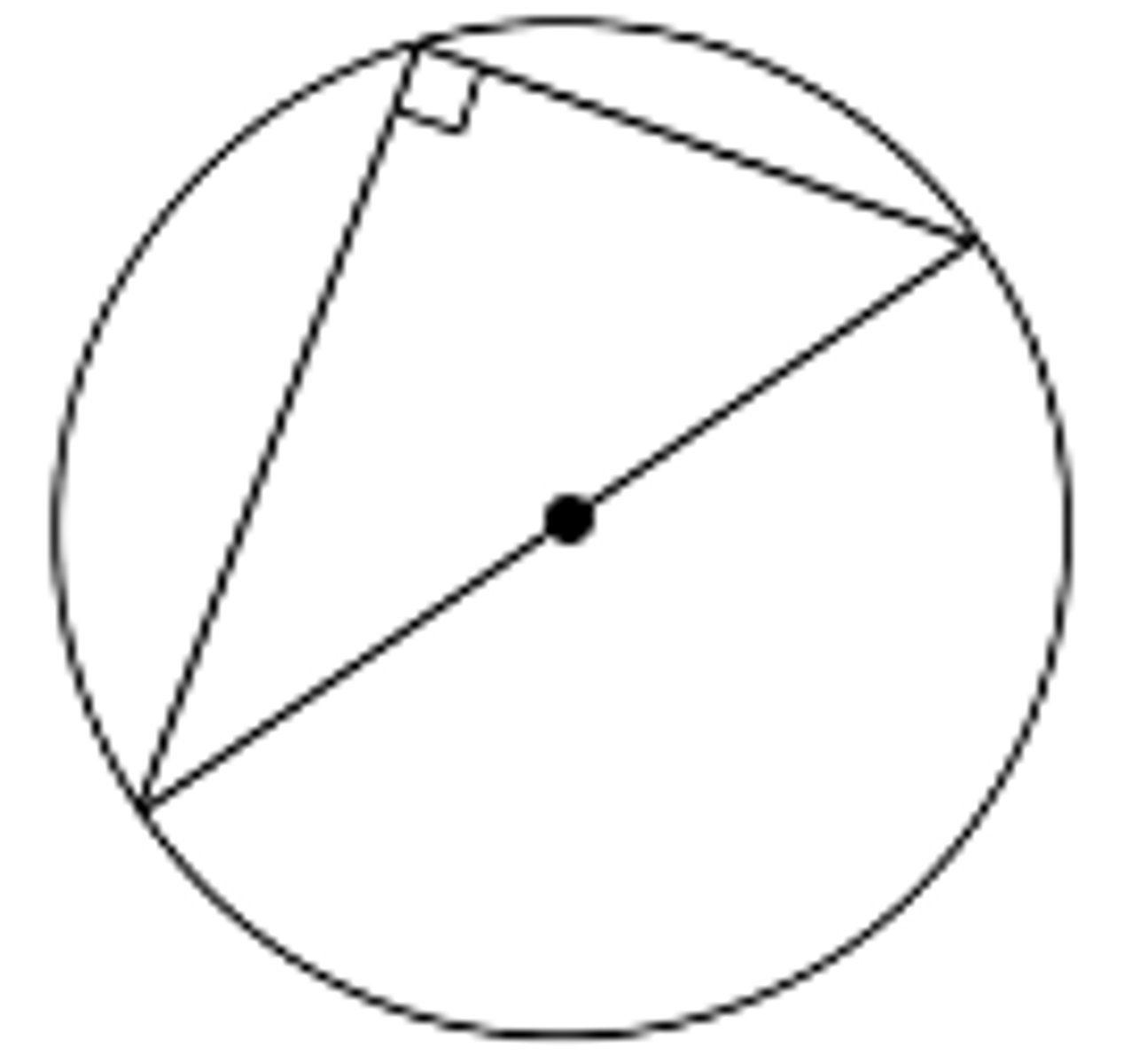
The angle at the centre is twice the angle at the circumference
(angles must be facing the same way)
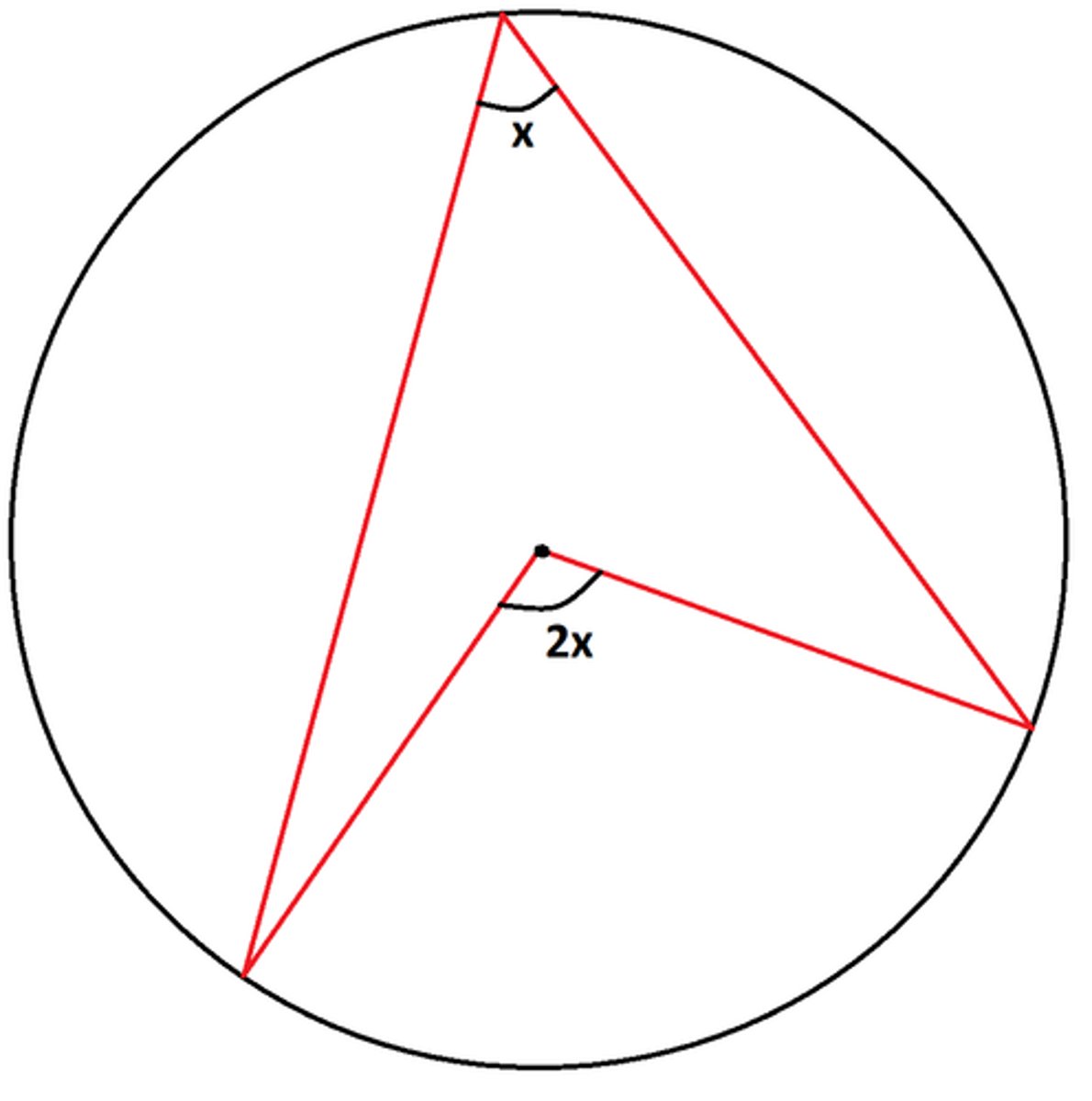
Formula for the surface area of a sphere
SA = 4πr²
Radius meets tangent at 90 degrees
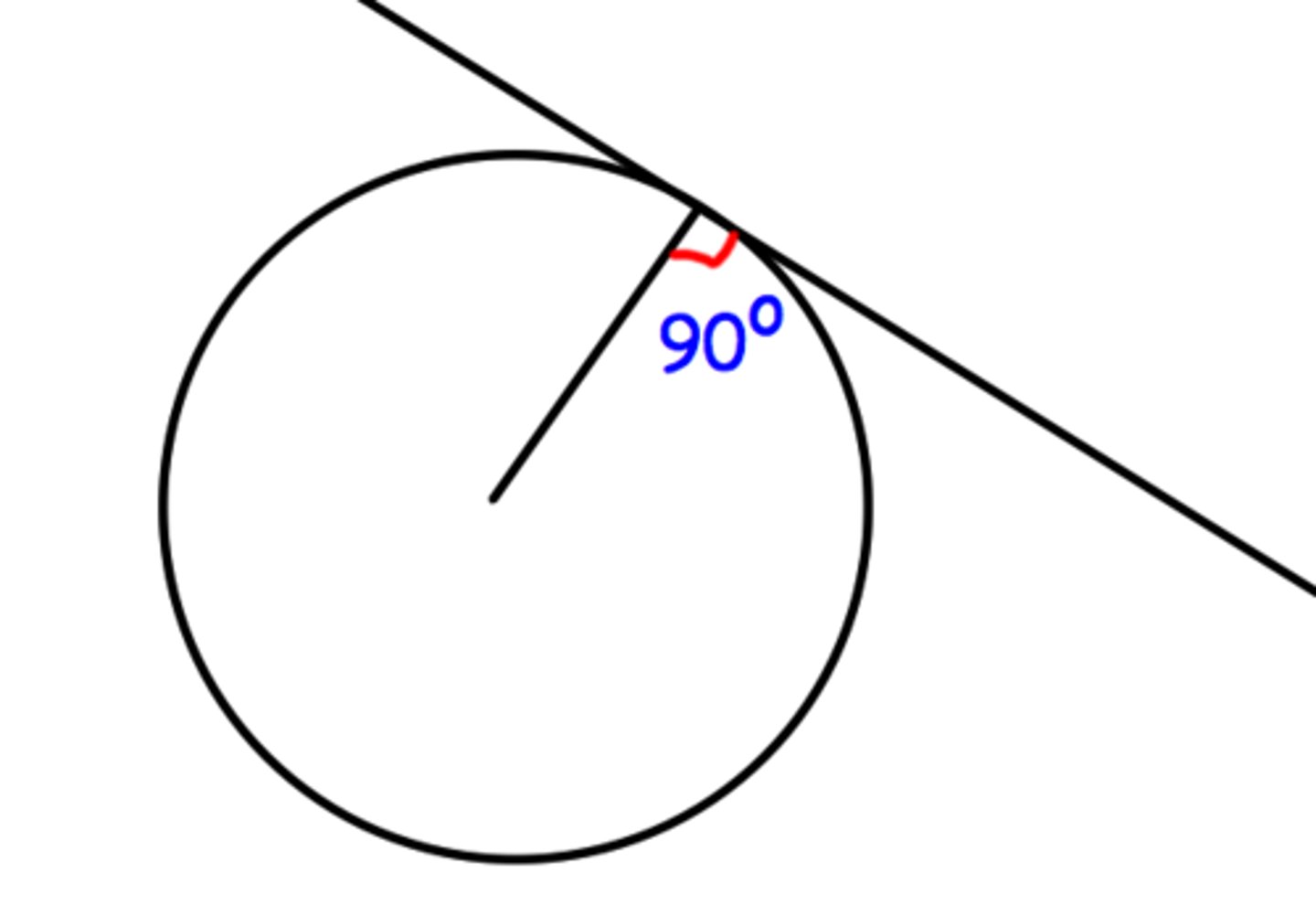
Opposite angles in a cyclic quadrilateral add up to 180°
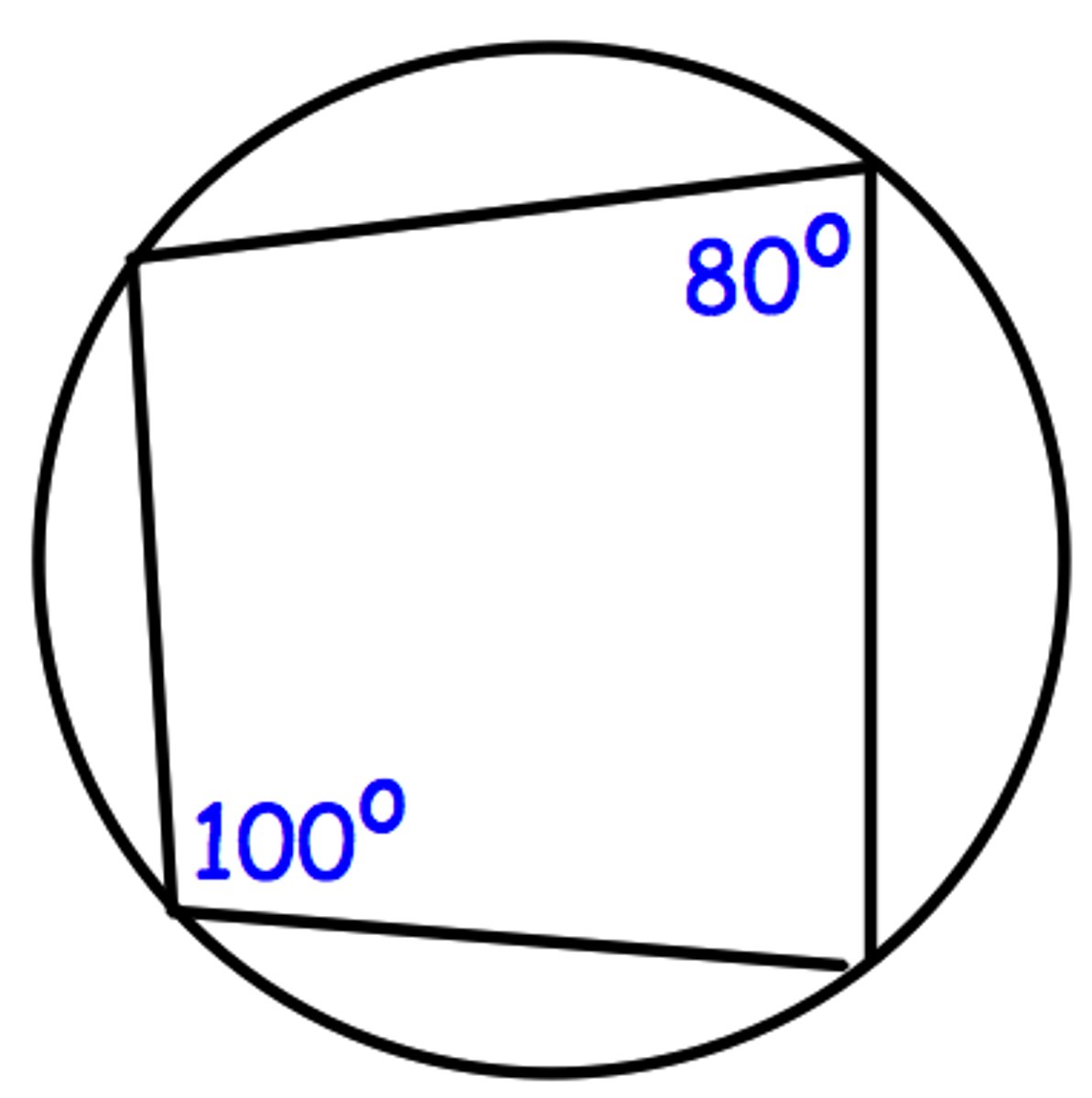
Angles in the same segment are equal
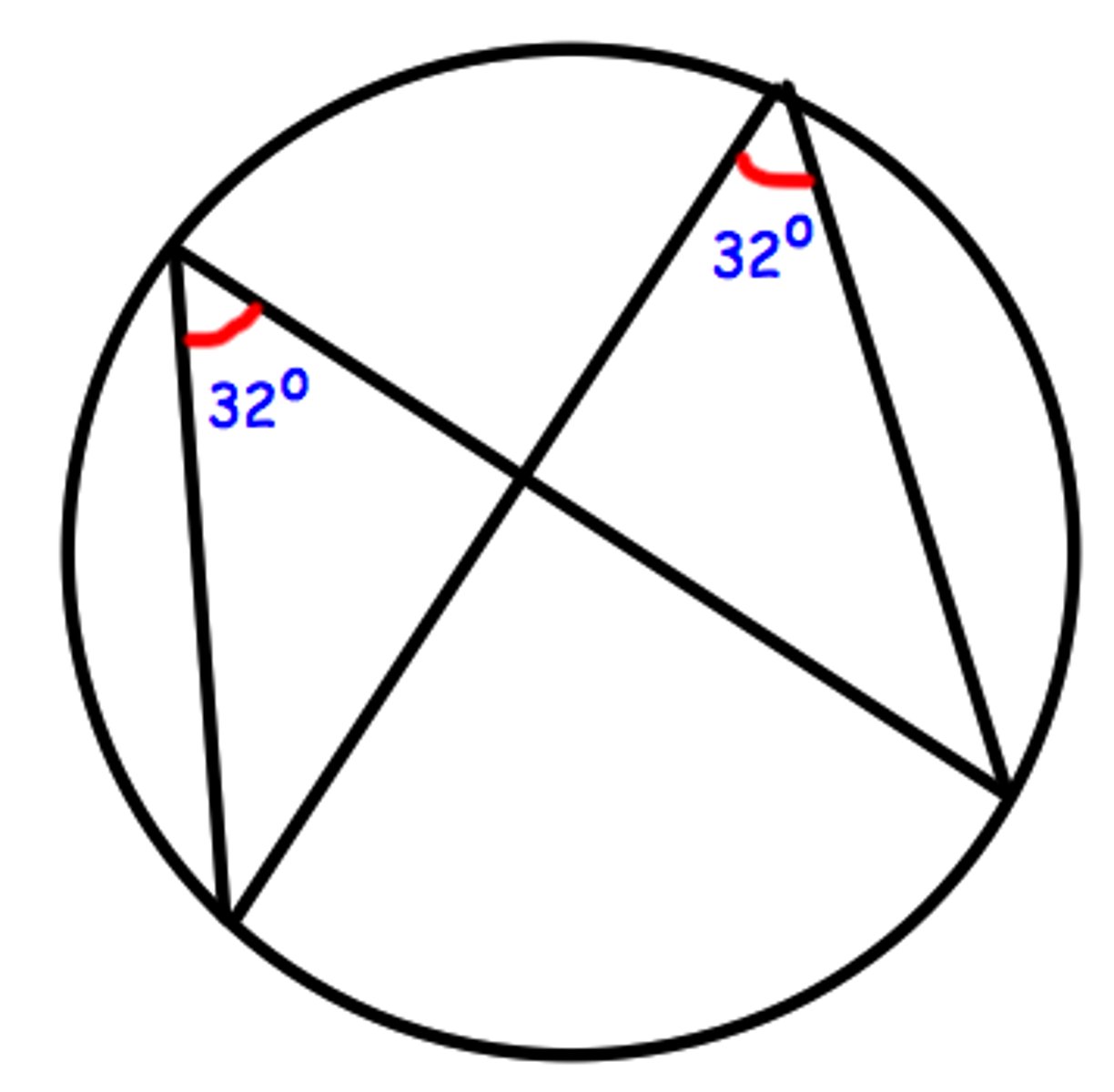
Tangents to the circle from the same point are equal in length
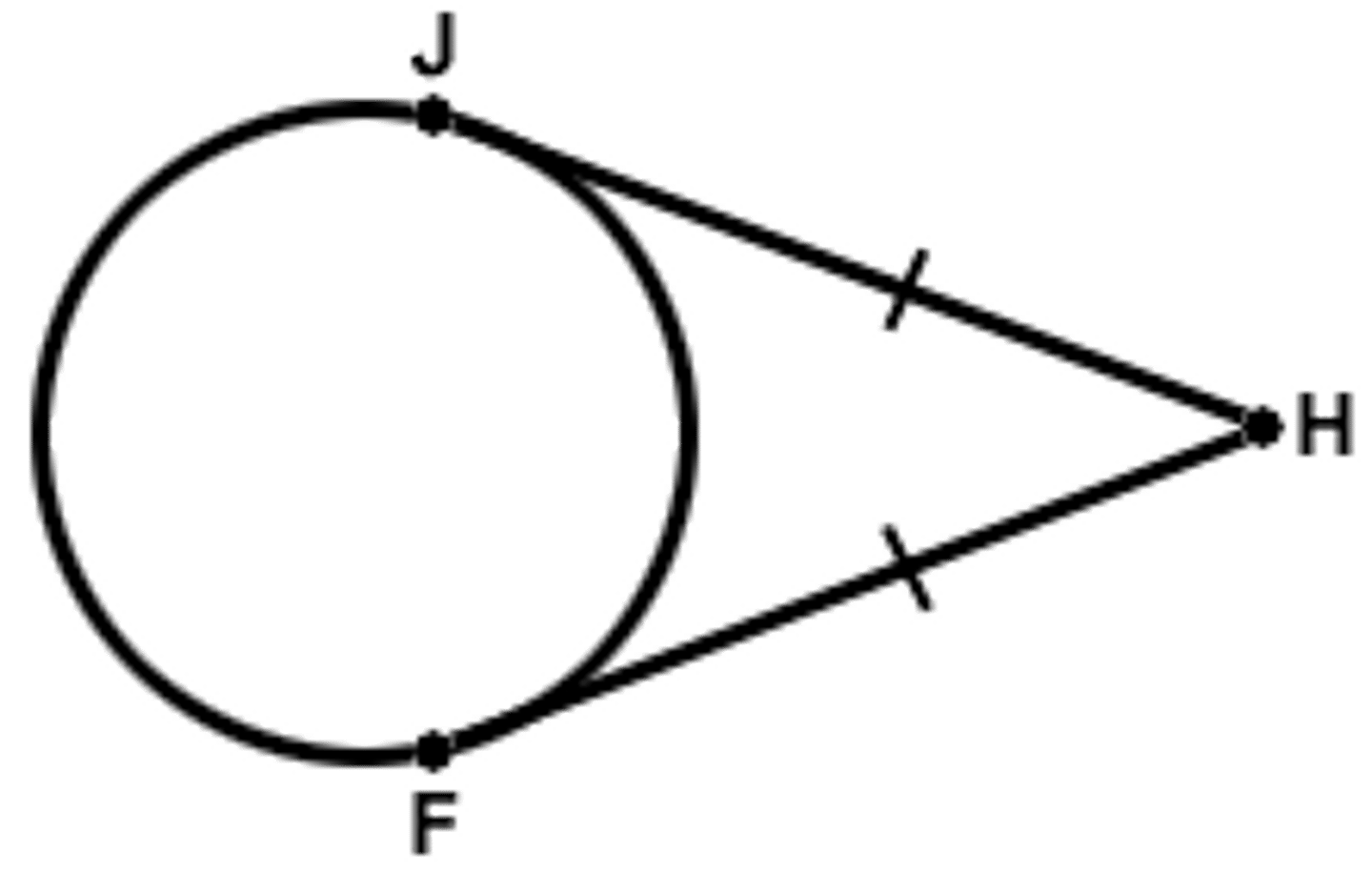
-Alternate segment theorem
-The angle between the tangent and the side of the triangle is equal to the opposite interior angle
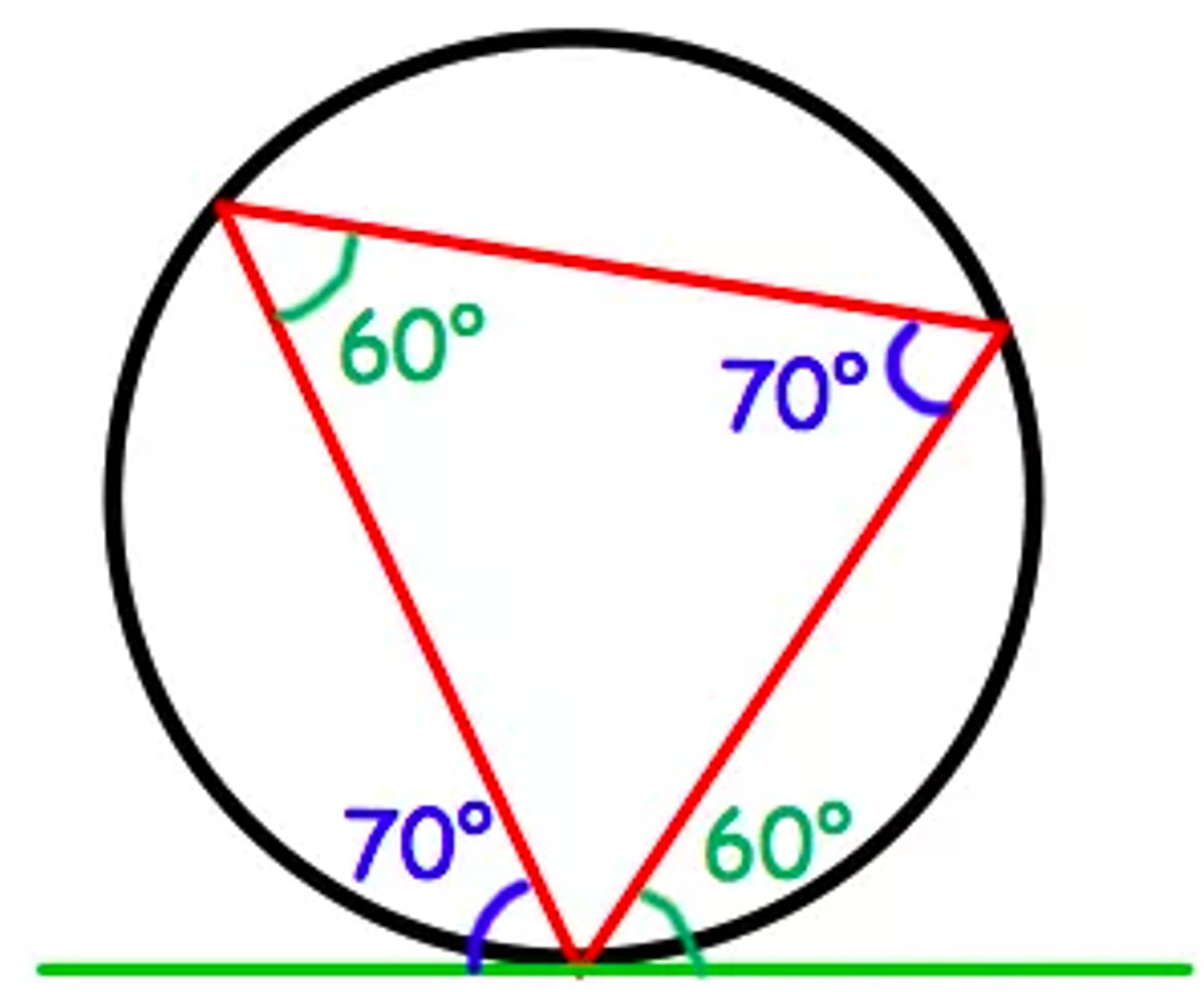
-intersecting chord theorem
-If two chords intersect inside a circle, then the product of the segments from one chord is equal to the product of the segments from the other chord
a×b = c×d
